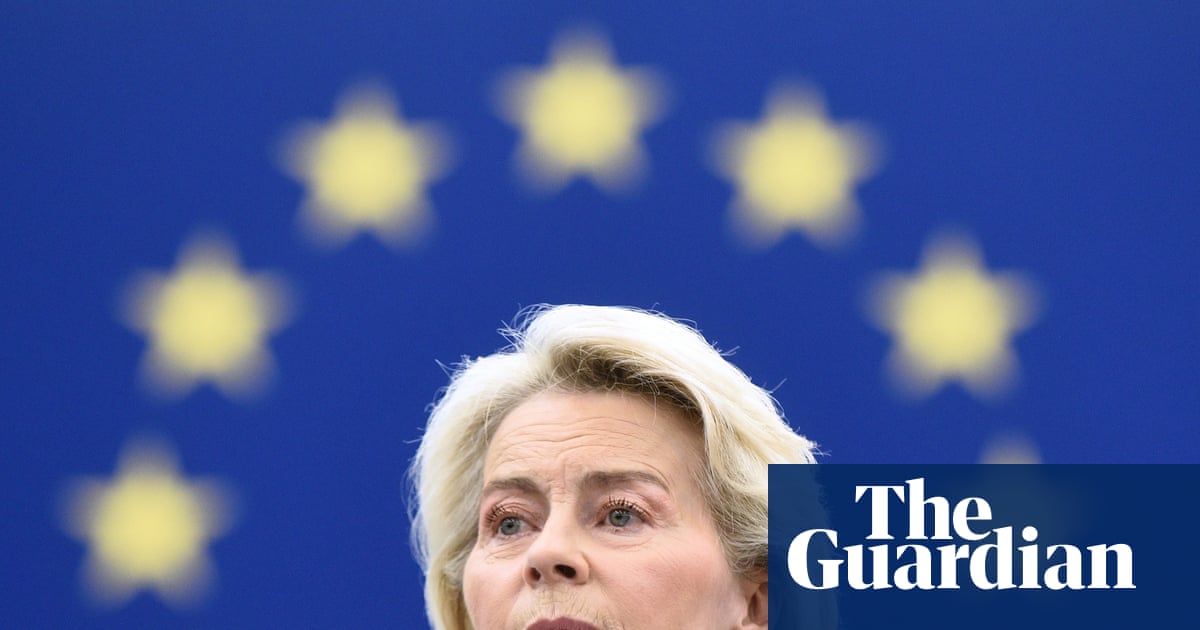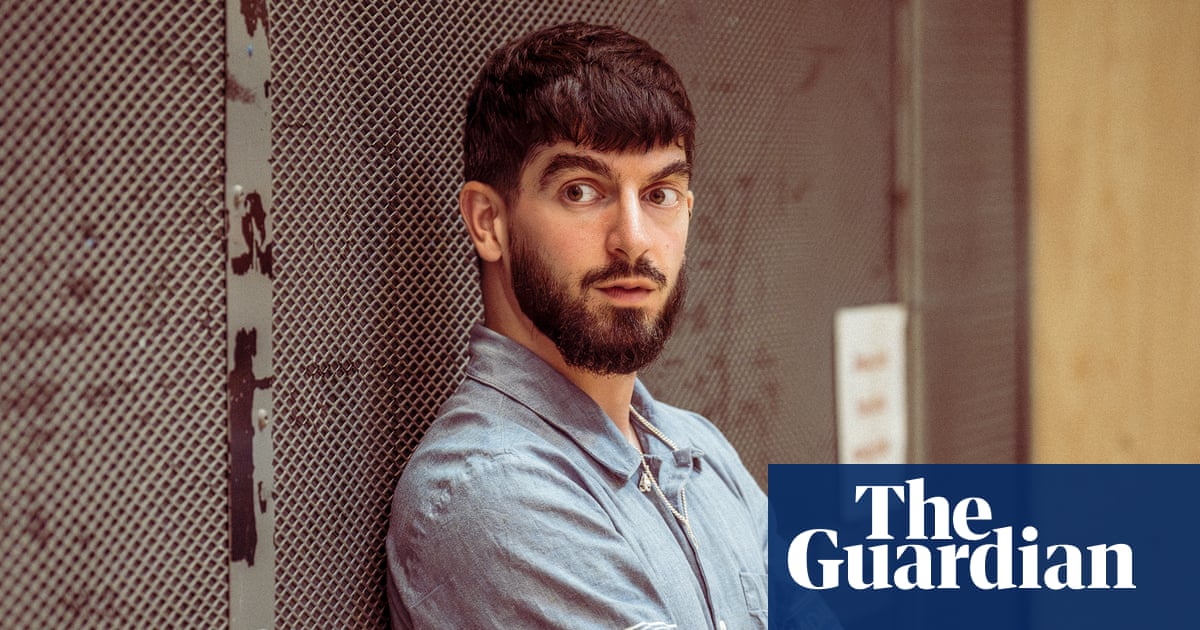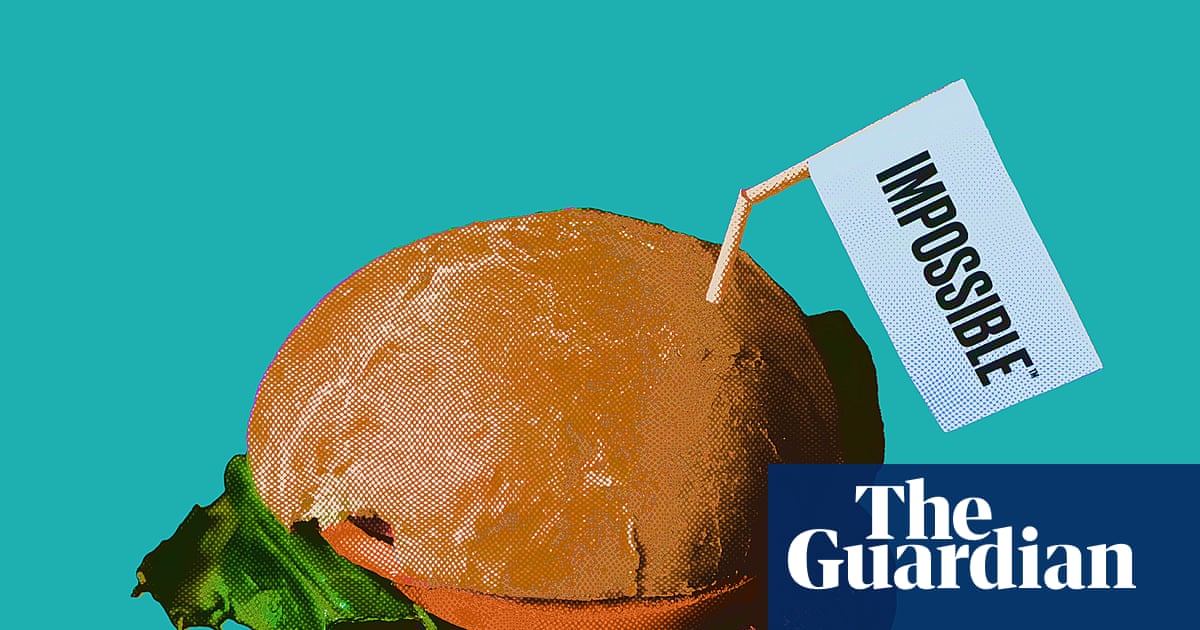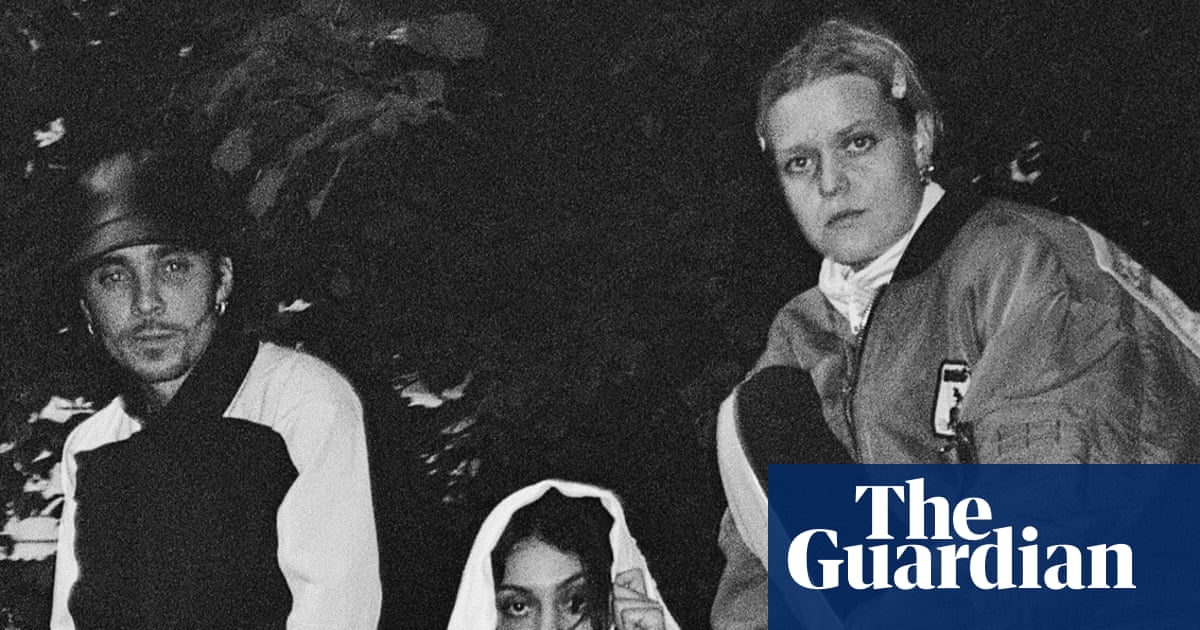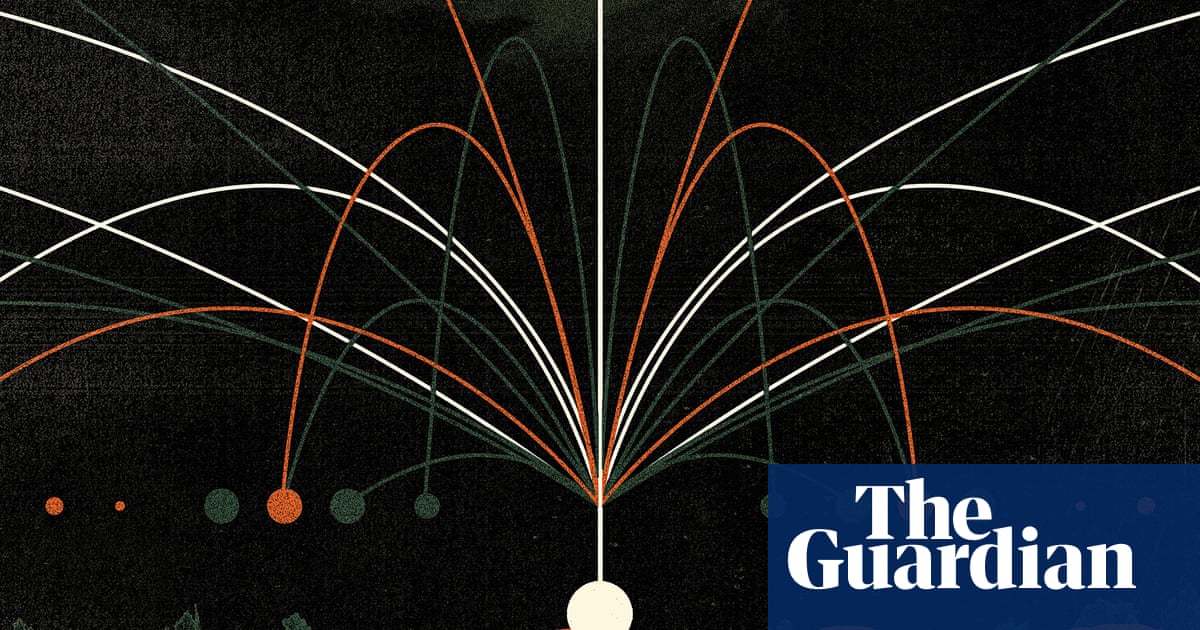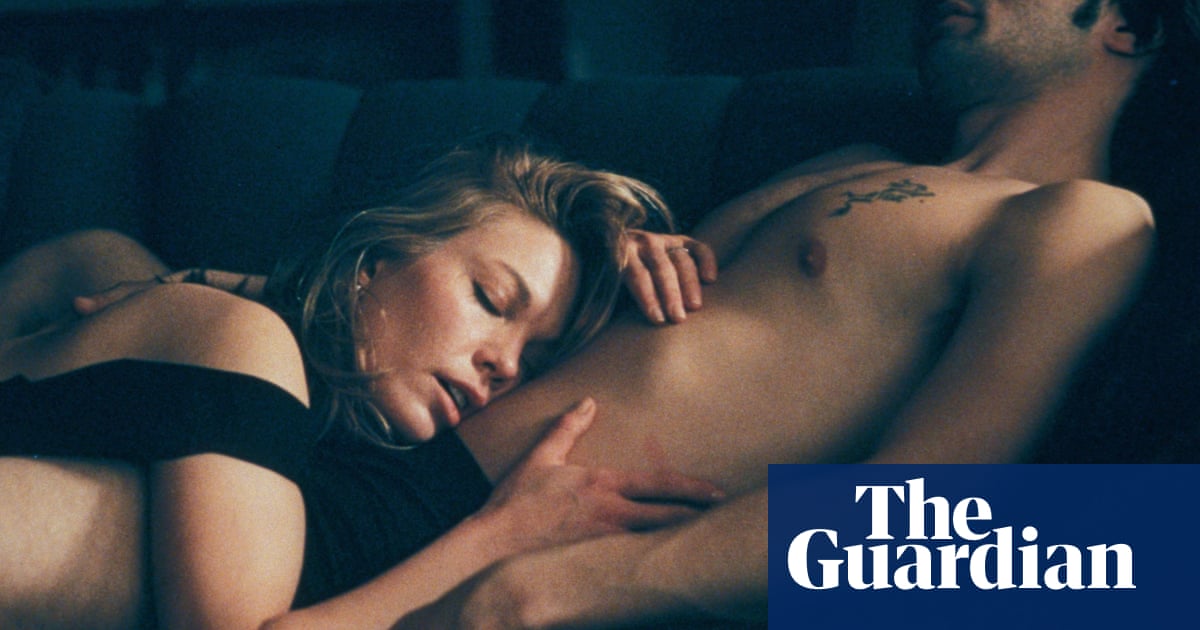From her debut, Nobody Is Ever Missing, to 2023’s Biography of X, Catherine Lacey’s work has tested the forms and fabric of the novel with brilliant unease. In The Möbius Book, her experiment crosses the blurred border of fiction into something else. Life writing, autofiction, memoir? Whatever you call it, The Möbius Book is deeply serious and engrossingly playful, and it lavishly rewards serious, playful attention.
A Möbius strip is a length of any material joined into a loop with a half twist. It’s an uncanny shape, common and obvious, easily created and yet awkward to describe geometrically. For literary purposes, a Möbius is interesting because there’s intricate structure and constraint but no ending. It goes around again, mirrored with a twist. Lacey’s book takes this literally, the text printed from both ends, with memoir and fiction joined in the middle. Twin stories experiment with plotlessness and irresolution, while remaining aware of the way fiction attaches itself to linear plot and reverts to romance and quest. Characters find and lose love, find and lose meaning.
In one half, two women, Edie and Marie, reminisce about their messy love lives and Christian beliefs in Marie’s grotty apartment, ignoring the pool of blood forming outside a neighbour’s door. In the other half, the first-person narrator leaves a controlling partner, recalls an ascetic adolescence and struggles to write and think about faith with clever friends during lockdown.
Lacey is fascinated by literary form and by the metaphors for literary form, finding fiction at once a constraint and a space for play. Late in the day, the narrator, “with trusted friends who knew how, got tied up and whipped”, as “a rite in all this, the chaos of having more freedom than I knew what to do with”. It’s impossible, in a book so preoccupied with crucifixion, martyrdom and self-denial, not to see the image of the twisted Möbius loop in this friendly bondage. The structures of novels and the iconography of Christian martyrdom are both narrative responses to suffering; both offer freedom through constraint. But for Lacey, suspicious of pleasure, the compatibility of faith and art is questionable.
The two modes of the book, which I hesitate to call fiction and memoir because neither is wholly committed to realism or reality, undermine each other, with images and anecdotes reappearing in transmuted form. The shadow of the angry, manipulative ex-partner falls across both, challenging the narrator’s memories and intentions although, reassuringly, never inviting the reader’s distrust. Edie’s recounting of a transformative encounter with a dying, talking dog which speaks of the meaning of suffering (is “dog” a Möbius rendition of “God”?) is reprised when the narrator attends to a man lying on the street. In the first-person section, the narrator sees Matisse’s painting The Red Studio in New York’s Museum of Modern Art, “the red I imagine on the floor of an otherwise white room”, reflecting the blood pooling under a neighbour’s door that Edie and Marie in the novel section decide is probably “paint or something”. As the narrator comments: “Reality at large has never been my subject, but interiority always has been.”
Lacey asks large questions about interiority, especially with regard to the subject of Christian faith. For some readers, it may be an alien idea that the sharply modern intellectual rigour on display here could be combined with religious conviction. How can a narrator who can play off Proust against Gillian Rose seriously expect to find consolation in the old myths about the baby in the manger and the man rising from death? It’s a question Lacey acknowledges, partly as unanswerable: “We want to speak of gnosis and mysticism without our phones listening to us and populating browser ad space with advertisements for Goddess Retreats and bogus supplements and acupuncture mats.” Even so, the narrator attempts an exorcism, employs an “energy healer”, is seduced by ideas about magic numbers. “Symbolism is both hollow and solid, a crutch, yes, but what’s so wrong with needing help to get around?”
The question is not rhetorical. There’s a deep ambivalence in this book about needing literary and philosophical “help to get around”, about whether we’re allowed to want or need art, which is related to the narrator’s lack of appetite and consequent emaciation. “I was afraid of the line between basic needs and cravings, between living and lust.” The fear of slipping from necessity into pleasure shapes the distrust of fiction. What if storytelling is for fun? What if we don’t really need it? What if only what’s necessary is true, or only truth is necessary?
Inevitably, the fictional half of this book refuses many of the satisfactions of a novel. Like a miniature homage to WG Sebald’s Austerlitz, the present action is mostly the recounting of past events, so that most of the characters, times and places appear only through a conversation between friends. There are complicated, triangular relationships in the background, between characters who never quite take shape, whose voices are only – and unreliably – recalled. Third-person narrative always calls into being a narrator, another layer of artifice, and here the slippage between present, past and past historic tenses also constantly reminds us that this story is at once engaging and not real. The questions are constant, implicit, teasing, elaborated rather than answered in the dark mirror of life writing. They don’t go away. You can go round again.
after newsletter promotion

 3 months ago
43
3 months ago
43
